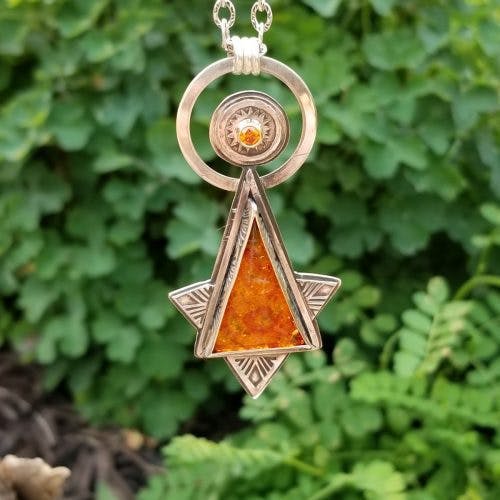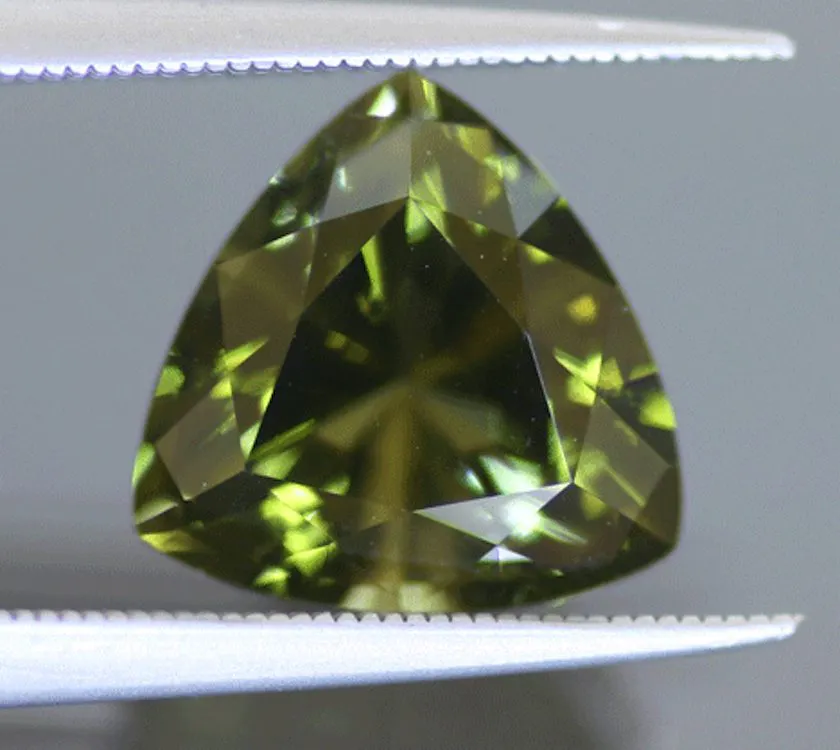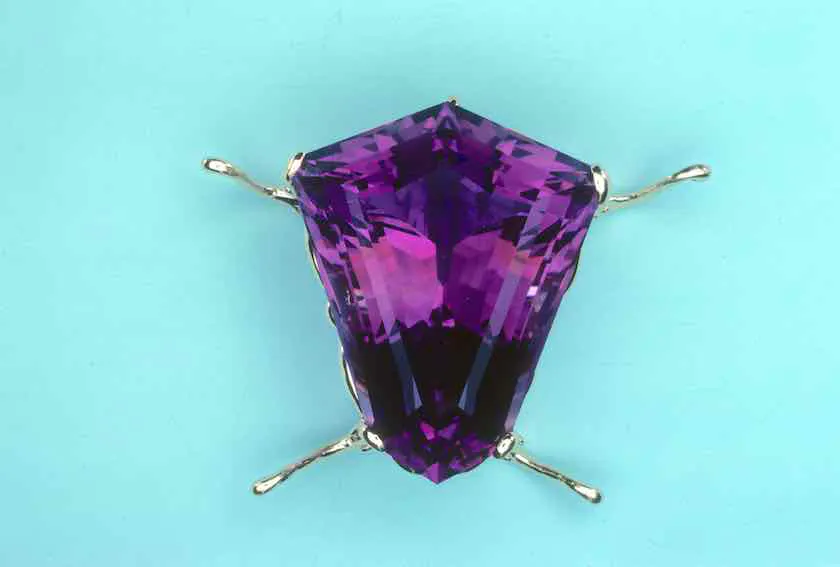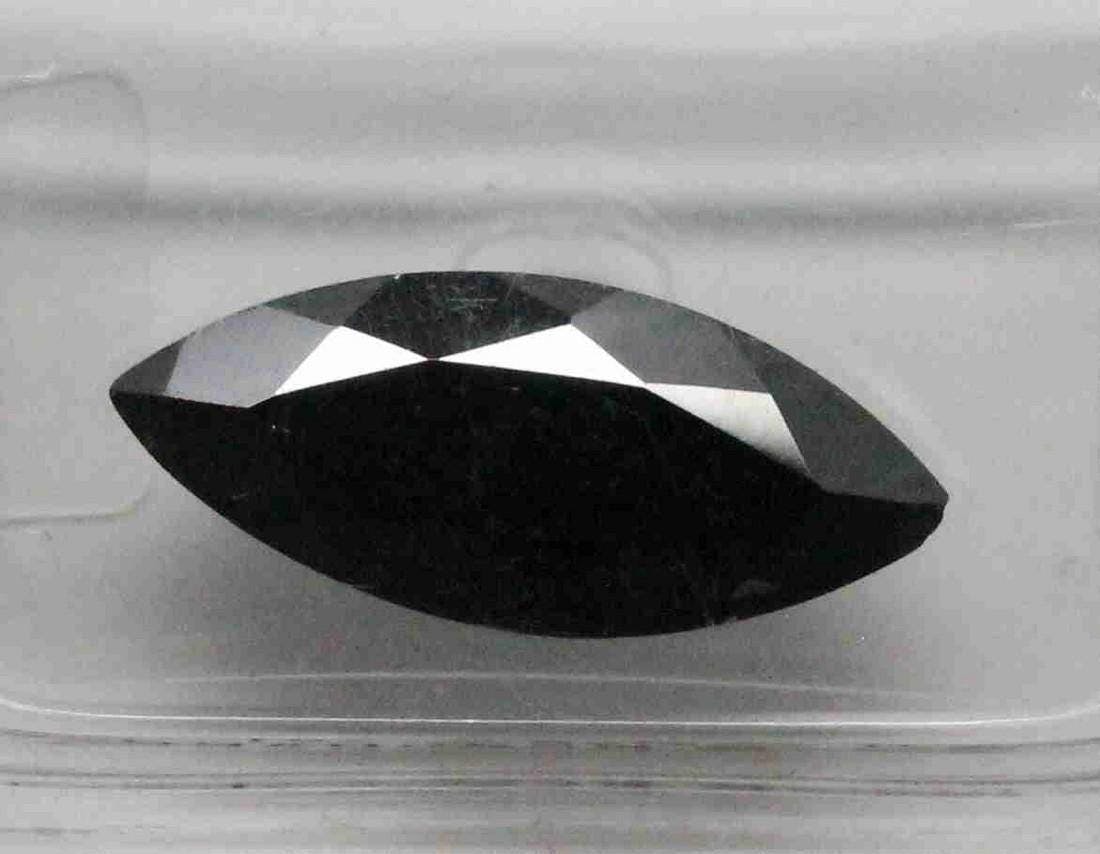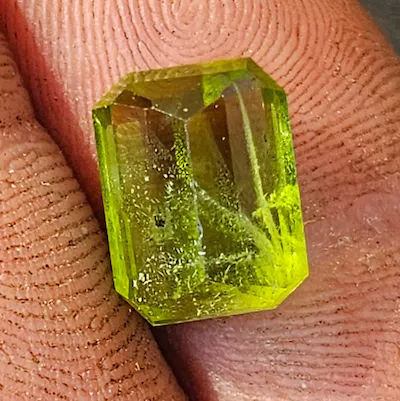Information about Gemstone Necklaces, News
Amber: The Resin of Ancient Pine Trees with Insect Inclusions
Picture yourself holding a small, luminous piece of history, carrying the secrets of ancient pine trees and the creatures that once roamed the earth. This enchanting allure is embodied by amber, a hardened resin renowned for its exquisite insect inclusions. For over 10,000 years, artisans have transformed this captivating gemstone into stunning jewelry, sparking imaginations and capturing hearts.
Amber comes in various colors, from the warm hues of yellow, orange, to brown, offering a diverse palette for creative expressions. Its transparency and opaque variations add to its allure. While not a fossil but rather a polymerized resin, amber encapsulates the remnants of a bygone era, carefully preserved and cherished. Join us at Melogems as we delve into the fascinating world of amber, unveiling its origins, distinguishing features, and the techniques used to authenticate its unique beauty. Immerse yourself in the captivating world of amber, where history and craftsmanship converge to create timeless pieces that tell tales of ancient times.
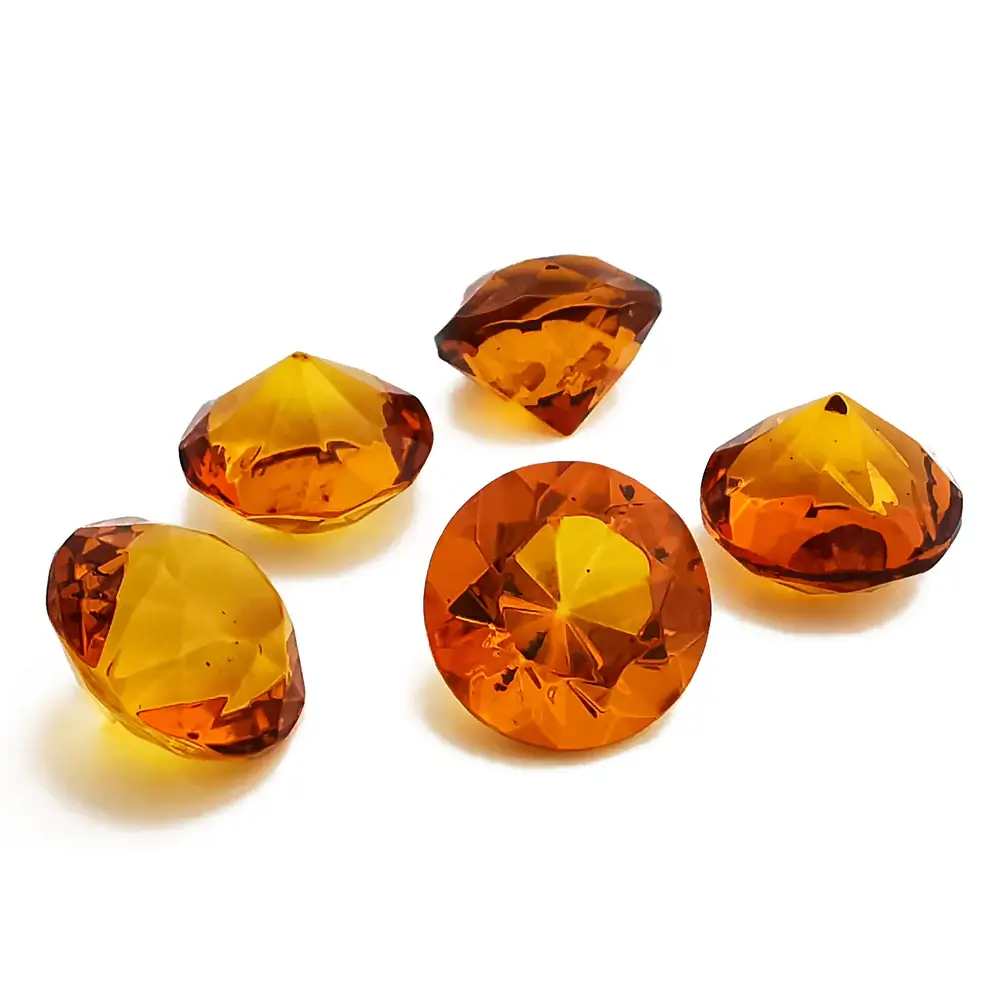
Types of Amber
Amber, a hardened resin of ancient pine trees, comes in two main types: transparent and opaque.
Transparent Amber
Transparent amber refers to the type that allows light to pass through it, making it see-through or translucent. This type of amber is highly valued for its clarity and the ease with which one can see its inclusions.
Opaque Amber
Opaque amber, on the other hand, does not allow light to pass through it. It appears solid and does not possess the same level of transparency as its transparent counterpart. Opaque amber is often used for decorative purposes, such as carving or creating unique shapes and designs.
Characteristics of Valuable Amber
Certain characteristics contribute to the value of an amber piece, including visible insect inclusions, light colors, and clarity.
Visible Insect Inclusions
One of the most sought-after features in amber is the presence of visible insect inclusions. These inclusions provide a glimpse into the past, as they capture ancient insects trapped inside the resin. The more distinct and well-preserved the inclusions are, the more valuable the amber becomes.
Light Colors
Light-colored amber is generally more valuable than darker shades. Colors such as pale yellow, honey, and golden hues are highly desired. Light-colored amber is also more prized for its natural luminosity, which catches and reflects light beautifully.
Clarity
Clarity plays a crucial role in determining the value of amber. The clearer the amber piece, the more desirable it is. Clarity refers to the absence of internal impurities or cloudiness within the amber. A clean and transparent piece of amber allows for a clearer view of its inclusions and enhances its overall appearance.
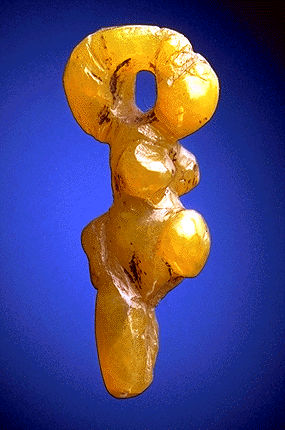
Colors of Amber
Amber comes in a variety of colors, each with its own unique charm and appeal.
Yellow Amber
Yellow amber is perhaps the most iconic and well-known color variation. Its warm and radiant hue evokes a sense of timeless beauty. Yellow amber can range from pale, almost translucent shades to deeper, more intense yellows.
Orange Amber
Orange amber exudes a vibrant and fiery energy. This variation often carries an inviting warmth and can range from light, peachy tones to deep, bold oranges.
Brown Amber
Brown amber showcases earthy and rich tones. This color variation can range from light and caramel-like hues to deep, chestnut browns. Brown amber offers a sense of grounding and organic beauty.
Amber vs. Fossil
Although often confused, amber is not a fossil but a polymerized resin. Understanding the differences between them can help clarify their distinct characteristics.
Composition
Amber is composed of hardened tree resin that has undergone polymerization over millions of years. It retains the organic material of its source and captures a snapshot of the prehistoric world. Fossils, on the other hand, are the preserved remains or traces of ancient organisms. While both amber and fossils provide insights into the past, they are distinct in their material composition.
Formation
Amber forms when resin oozes from ancient pine trees and becomes buried over time. Through a gradual process of heat, pressure, and chemical changes, the resin hardens and transforms into amber. Fossils are typically formed through various processes, such as mineralization or petrification, which preserve the remains of organisms in rock or sediment.
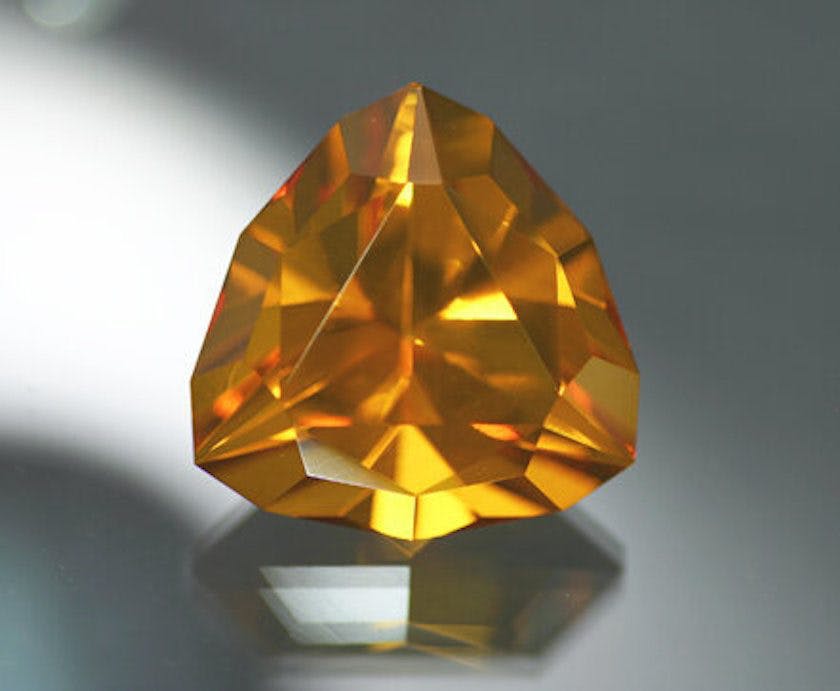
Difference Between Amber and Copal
Copal is often confused with amber due to their similar appearance, yet they have distinct differences that set them apart.
Age
The main difference between amber and copal lies in their age. Amber is millions of years old, solidified over time through the processes of heat and pressure. Copal, on the other hand, is younger and not fully polymerized. It is often referred to as “young” amber or sub-fossil resin.
Properties
Amber tends to be harder and more durable compared to copal. It has undergone complete polymerization, resulting in its characteristic hardness. Copal, on the other hand, retains a stickiness and is less durable. When heated, copal releases a distinct aroma, distinguishing it from the odorless nature of true amber.
Identifying Amber
Identifying genuine amber involves examining its unique characteristics and employing different testing techniques.
Inclusions
One of the key methods to identify amber is to look for its distinctive inclusions. Inclusions may include ancient insects, plant matter, or even bits of leaves or pollen. These inclusions provide evidence of the resin’s origin and can help differentiate it from other materials.
Testing Techniques
Various testing techniques can help differentiate amber from imitations or other similar materials. For example, rubbing amber can generate a static charge, which attracts lightweight objects like paper or hair. Specific gravity tests compare the density of amber to known reference materials. Additionally, destructive tests, such as the hot point test, can be used to detect copal, as copal melts at a lower temperature than amber.
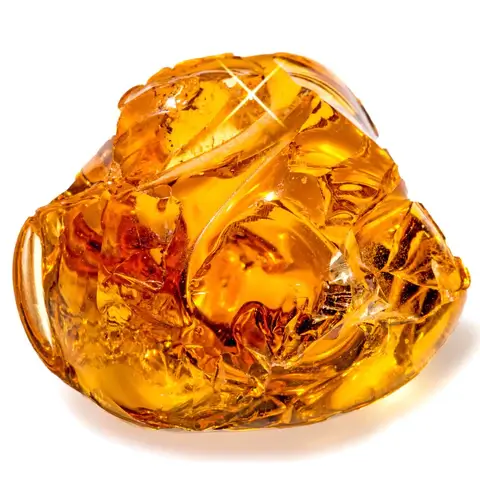
Synthetic Amber
Synthetic amber, also known as ambroid, is created by fusing smaller bits of amber together. This process produces a man-made version of amber that closely resembles its natural counterpart. Synthetic amber has similar properties to genuine amber but lacks the age and historical significance.
Amber Sourcing
Amber can be found in various regions around the world, each with its own unique characteristics and sources.
Baltic Sea
The Baltic Sea region is known for its rich amber deposits. Baltic amber, also called succinite, is highly prized for its beauty and abundant inclusions. It has been sourced from this region for thousands of years and remains one of the most sought-after varieties.
Sicily
Sicilian amber, often referred to as simetite, comes from the Italian island of Sicily. It possesses its own distinct color variations, with hues ranging from yellow to reddish-brown. Sicilian amber is treasured for its unique characteristics and historical significance.
Dominican Republic
The Dominican Republic is renowned for its amber deposits, particularly the famous Blue Amber. This unique variety displays extraordinary blue and green hues, making it highly sought after by collectors and enthusiasts. Dominican amber is revered for its exceptional clarity and stunning colors.
Myanmar
Amber from Myanmar, formerly known as Burma, is prized for its rare and exceptional inclusions. This region is known for its amber deposits that contain a diverse range of fossils, insects, and plant matter. Burmese amber is highly valued among paleontologists and collectors alike.
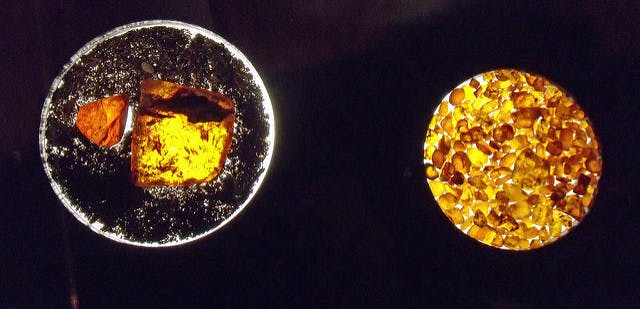
Sizes of Amber
Amber fragments can vary greatly in size, ranging from small pieces weighing less than half a pound to larger specimens that can weigh several pounds. The size of an amber piece can impact its value, with larger and more substantial pieces often being highly coveted.
Weight Variation
Amber is commonly sold by grams, as opposed to carats, which is the unit of weight for gemstones. The weight of an amber piece can affect its price, with larger and heavier pieces generally commanding a higher value due to their rarity and visual impact.
Care and Handling of Amber
Proper care and handling are essential to preserving the beauty and integrity of amber.
Cleaning
To clean amber, it is recommended to gently wipe it with a soft, lint-free cloth. Avoid using harsh chemicals or cleaning agents, as they can potentially damage the amber’s surface. Additionally, exposure to excessive heat, such as hot water or prolonged sun exposure, should be avoided to prevent any potential damage to the resin.
Handling
When handling amber, it is important to avoid rough handling or dropping the piece, as it can result in fractures or chips. Amber is relatively soft compared to many gemstones, so care should be taken to prevent any unnecessary pressure or impact. Storing amber in a soft pouch or wrapping it in a protective cloth can help protect it from scratches or damaging contact with other objects.
By understanding the various types of amber, their characteristics, and proper care techniques, you can fully appreciate the timeless beauty and rich history that amber brings to the world of jewelry and collectibles. Whether you are an avid amber enthusiast or simply intrigued by its unique qualities, the allure of amber is sure to captivate and inspire.

